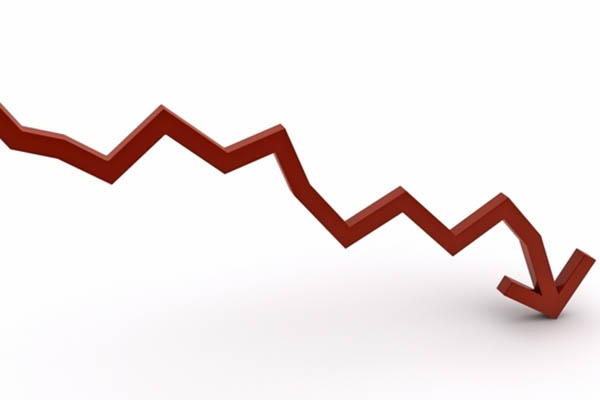
File photo
The Fitch Ratings credit agency on Friday downgraded Pakistan’s Long-Term Foreign-Currency Issuer Default Rating (IDR) to ‘CCC+’ from ‘B-‘, adding that it does not typically assign outlooks to sovereign nations with a rating of ‘CCC+’ or below.
Explaining the downgrade, the agency said worsening liquidity and policy risks, as well as large funding needs and external deficits were primarily responsible. “The downgrade reflects further deterioration in Pakistan’s external liquidity and funding conditions, and the decline of foreign exchange reserves,” it said, acknowledging this was “partly” due to this year’s floods, which would hamper the country’s efforts to reduce fiscal and current account deficits.
The downgrade, said Fitch, also “reflects our view of increased risks of policies potentially undermining Pakistan’s International Monetary Fund (IMF) program and official financial support.” Noting that, as of Oct. 14, the State Bank of Pakistan (SBP) held around $7.6 billion in foreign exchange reserves, sufficient to cover around a month of current external payments, it said this had declined from over $20 billion at the end of August 2021.
“Falling reserves reflect large, albeit, declining current account deficits (CADs), external debt servicing and earlier foreign exchange interventions by the SBP,” the credit rating agency said, noting that while the reserves were now stabilizing, they had been consistently falling until the IMF released a tranche of $1.2 billion.
On the CAD, Fitch said it had reached $17 billion, or 4.6 percent of GDP, in the last fiscal years, primarily due to soaring oil prices and higher non-oil imports on strong private consumption. It said ongoing fiscal tightening, higher interest rates and measures to limit energy consumption and imports would likely narrow the CAD to $10 billion, or 2.7 percent of GDP, by the end of the ongoing fiscal.
“Lower imports and commodity prices helped to narrow the CAD in recent months, to about $300 million in September,” it said, while noting that Pakistan’s external public debt maturities in this fiscal were over $21 billion, though several would likely be rolled over. It also noted funding commitments of $2.5 billion from the World Bank and Asian Development Bank, while stating that it was still unclear how much relief the IMF would provide following floods.
“We assume Pakistan will continue to receive disbursements under its IMF program, but risks to this have risen,” it said, referring to fuel price cuts and a pending quarterly electricity tariff adjustment. Referring to Finance Minister Ishaq Dar, it said he preferred a strong exchange rate, and might revisit the SBP law amended in early 2022 for greater autonomy, against IMF commitments.
Fitch is the second credit ratings agency to downgrade Pakistan in this fiscal year. Earlier this month, Moody’s Investors Service also downgraded the country’s local and foreign currency issuer and senior unsecured debt ratings from ‘B3’ to ‘Caa1.’
